There’s a new song being sung in the Bream Head dawn chorus and it’s being sung by a 100-strong choir of ‘bush canaries’. In May this year a hundred popokatea or whiteheads (also known as bush canaries) were translocated from Tiritiri Matangi Island in the Hauraki Gulf to Bream Head Scenic Reserve near Whangarei – the culmination of months and years of fund-raising, predator control and planning.
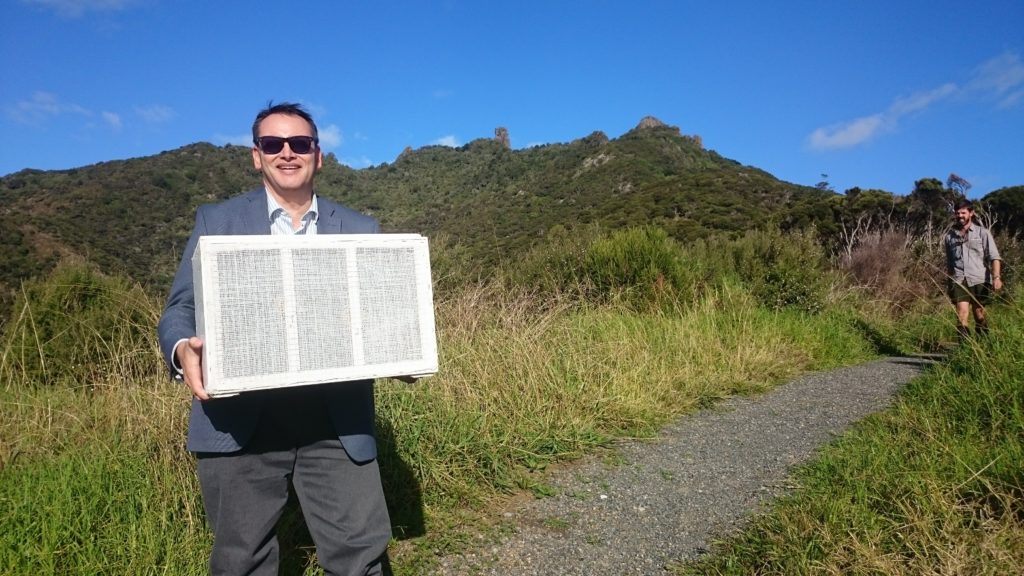
It’s the first time these sociable songbirds have been heard on the headland for 140 years! Many volunteer conservation groups dream of returning locally extinct species back to their carefully restored reserves.
For those who’ve put in long hours removing predators and restoring habitat, seeing native birds return to the area is the ultimate reward. So just what is involved in a successful translocation operation? Bream Head Conservation Trust project manager and head ranger, Adam Willetts explains the process.
“Six rangers and volunteers from Bream Head worked alongside translocation expert Kevin Parker and his team from Parker Conservation,” Adam explains. “Kevin’s done more than 50 translocations over the years. He’s at the top of the game.”
The translocation team arrived on Tiritiri Matangi Island one Sunday in early May and stayed for a week. Whiteheads are small, high-energy flocking birds and were captured in mist nets. Day 1 – Monday – 100 whiteheads were caught.
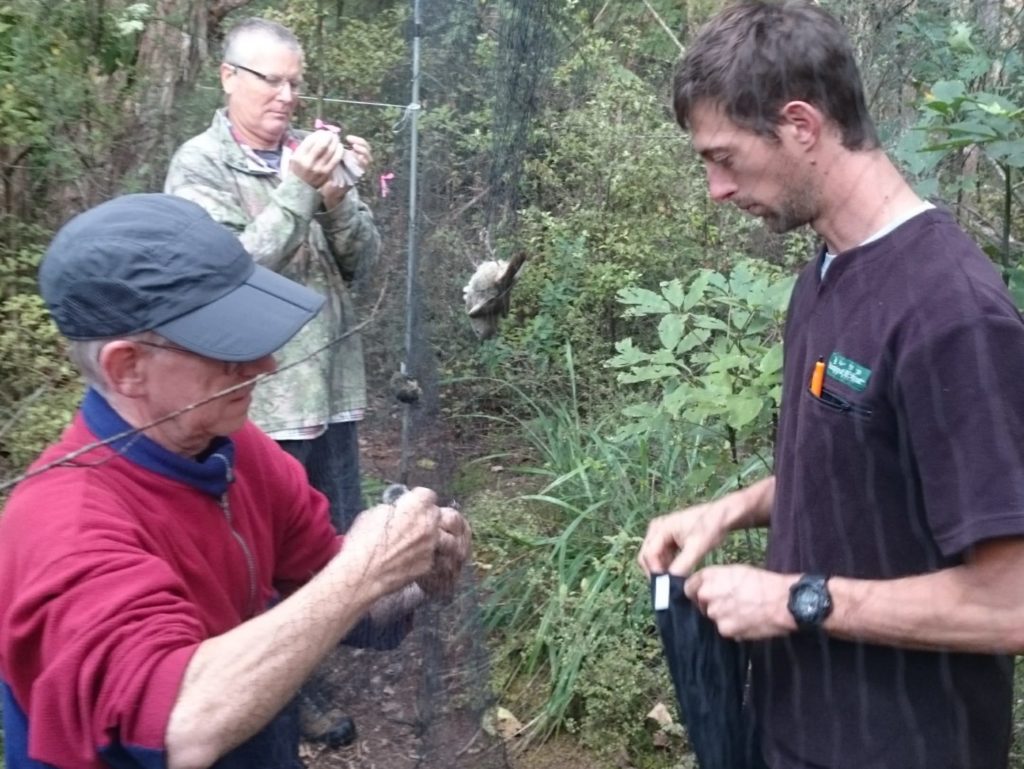
The birds were caught using very fine ‘mist nets’, with a speaker on each side of the nets, playing sound recordings of whitehead calls.
“We played the recording though the speaker on one side, the birds flew down to investigate and then we switched to the other speaker,” Adam says. “The birds then fly across the nets to the other speaker and are caught.”
The birds are carefully extracted from the mist nets and placed into customised cotton bags by Kevin Parker’s bird-handling team, who are all ‘level 3 qualified’, and the BHCT volunteers/rangers. A detailed examination of the birds was carried out by Kevin and his team.
“Kevin checked for diseases and banded the birds, with the sex and age of each bird double-recorded,” Adam explains. “The right leg bands were all the same – they show where the birds came from – orange over metal for Tiritiri Matangi.”
If healthy the birds were then placed in carefully prepared holding aviaries.
“They were held in lovely aviaries on the island,” says Adam, “three aviaries, each with 33 or 34 birds. The aviaries had been lined with vegetation and leaf-litter and they stayed there for a week, with Sharon looking after the animal husbandry – feeding them and monitoring for disease.”
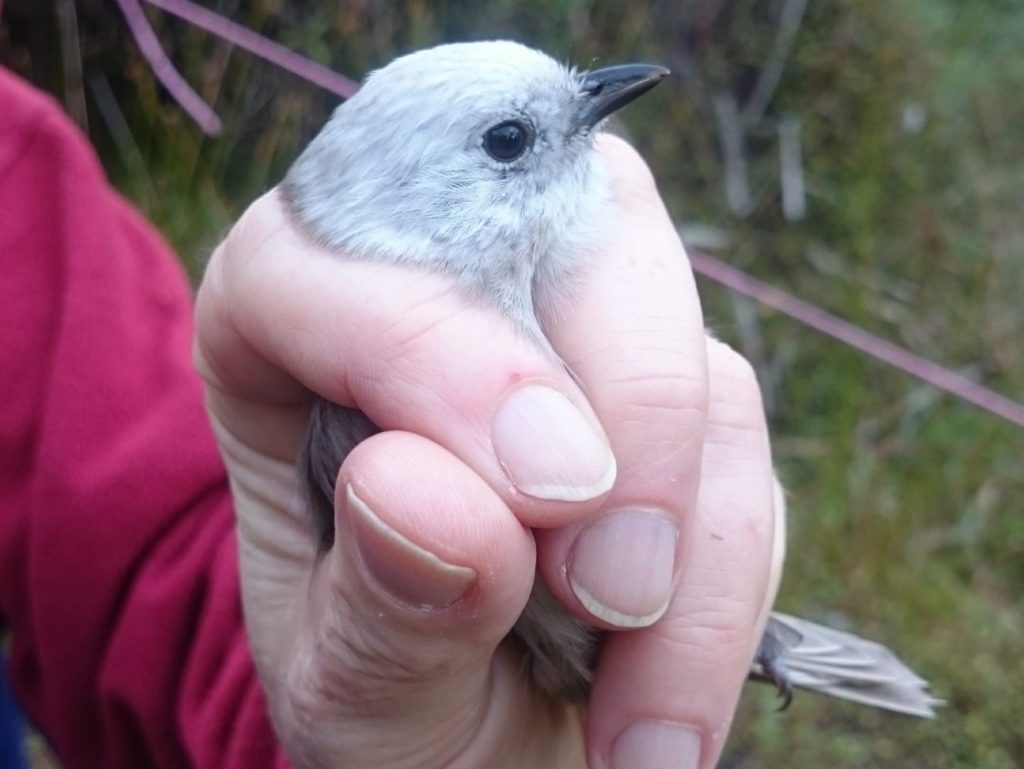
Saturday was movement day.
“Working in small teams we removed the vegetation from the aviaries and caught the birds,” says Adam. “Then they were checked and five birds put in each carrying box – 10 for the double boxes. Next they were taken by ferry across the Gulf Harbour to Whangaparaoa and there they were given a blessing by Ngati Manuhiri who were gifting their taonga to Bream Head.”
A 3-hour drive north to Bream Head, in an air-conditioned van, followed.
Organisers had been trying to keep participant numbers to 60, but when the whiteheads and their carriers arrived at their destination, 150 people were waiting to welcome them.
“It shows how important conservation is in our community,” says Adam. “Whangarei Heads is the first place in New Zealand to have a targeted council rate for the environment. Each ratepayer pays $50 per year for kiwi recovery and weed control.”
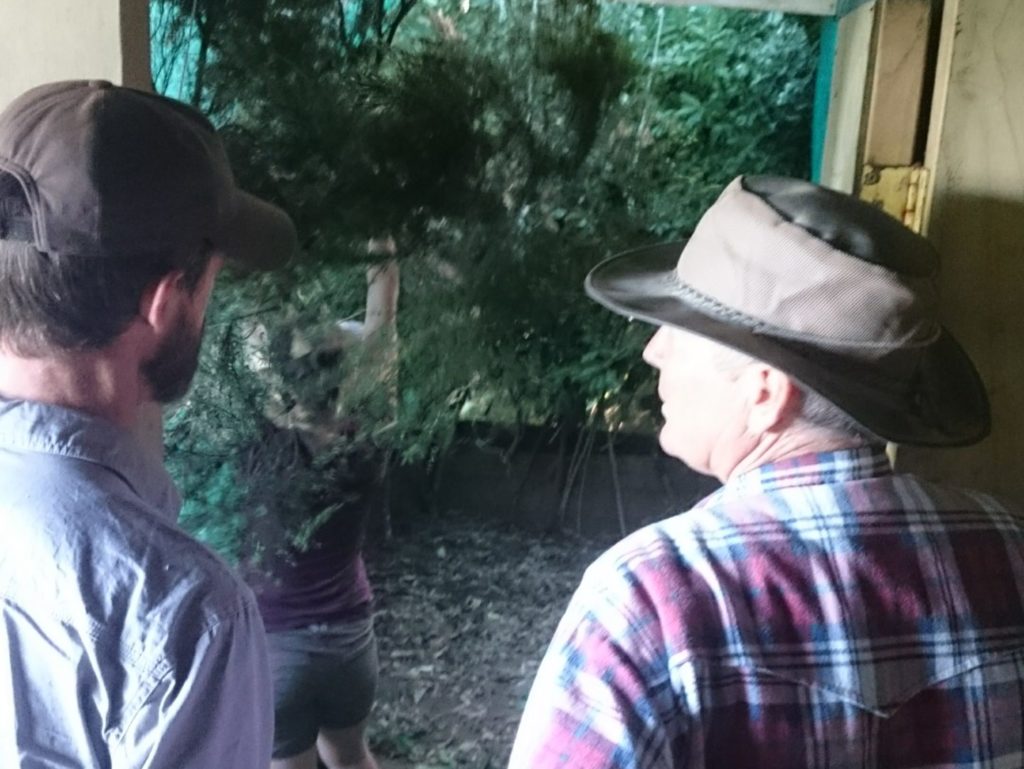
Local television and news media were waiting too. But that wasn’t the first media attention the translocation project had experienced.
“On Tiritiri I had a phone call from BBC World News,” says Adam. “I did a live interview with them on Skype.”
Official box-carriers for the release at Bream Head had been trained/briefed beforehand. They were a mix of “the volunteers who do the physical work on the hill” and stakeholders such as DOC and regional council staff and corporate sponsors.
“For the volunteer box carriers we targeted new people who weren’t there for the North Island robins (released in 2016),” says Adam.
Formal speeches had been given before the 100 popokatea arrived at the site. It’s a practice Adam recommends to other groups carrying out a translocation.
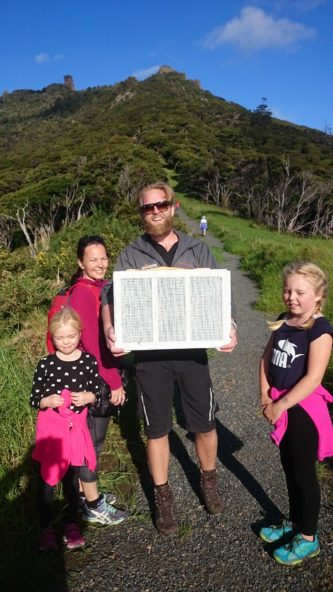
“It means the birds aren’t sitting around getting stressed,” he explains.
The birds were given a very moving welcome by Ngatiwai kaumatua Te Warihi Hetaraka then it was a 30-40 minute walk to the release site.
“There were so many people that we had to stage it into eight separate smaller releases,” says Adam. “Two local schools helped with the release – Whangarei Heads Primary and Parua Bay School, along with stakeholders, volunteers and trustees.”
So, after being regionally extinct for 140 years, 100 popokatea are back at Whangarei Heads. But they’re not just in the Bream Head Scenic Reserve.
“They’ve already been seen below at Ocean Beach in the residential area,” says Adam.
It’s not the safest location for the new birds to be exploring, but Adam is hoping that seeing the occasional whitehead in their gardens will help inspire positive changes in people’s behaviour regarding their pets.
“At Whangarei Heads dogs and kiwi are living together and with more good pet ownership we can do it with other pets too,” he says.
The Bream Head Conservation Trust has set up a dedicated Facebook page for citizen science where anyone who sees a whitehead can record where the bird was seen, its bands and any notes about its behaviour. Students from North Tech Open Polytechnic will help monitor the birds in the sanctuary and compile and interpret the citizen science results.

